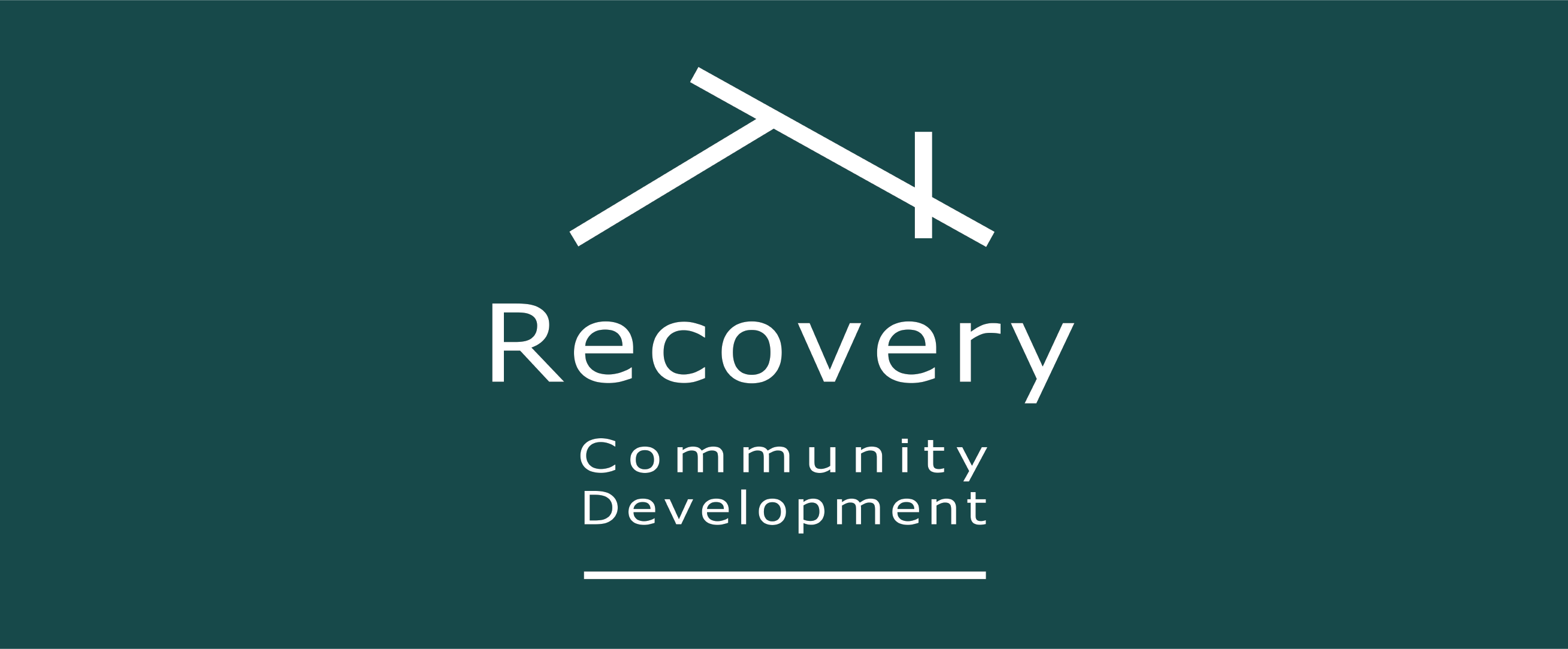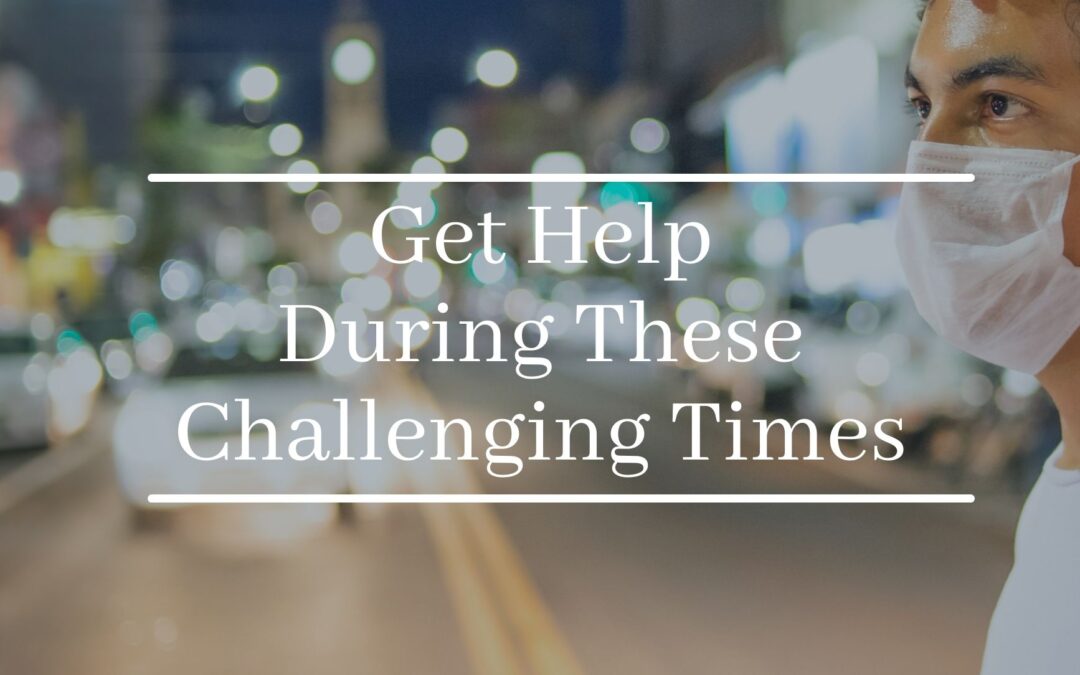With a year of pandemic life behind us, it is no stretch of the imagination to connect the uptick in substance relapse to a number of heavy hitting factors facing Americans today. Between the affordable housing crisis, anxiety, and isolation, the backslide into substance use in these times is understandable.
In 2019, before the onset of the pandemic, opioid use was at a staggering level in the United States. In that year alone, 49,860 of the 70,630 drug-involved deaths in the U.S. were opioid fatalities. Substance Abuse Disorder directly affects 10% of the U.S. population, to say nothing of the effects it has on the families touched by it.
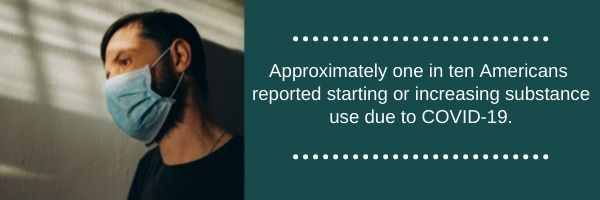
Anxiety, Loss and Isolation
In a study of survey data collected from 2015 to 2018, they found high rates of comorbid substance use disorders and anxiety disorders. Chronic drug use can lead to significant mental health issues including paranoia, depression, anxiety, aggression, and hallucinations.
With the added stressors of a worldwide pandemic, symptoms of anxiety and depression disorders have increased in the U.S. at an alarming rate. Anxiety was reportedly three times higher, and depression four times higher after the onset of the pandemic. Approximately one in ten Americans reported that they started or increased substance use because of COVID-19.
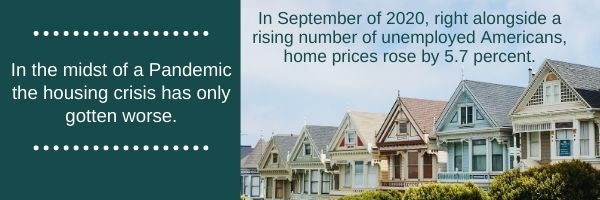
Affordable Housing Crisis
In 2019, the number of households spending 30% or more of their income on housing alone was about 37.1 million, with another 17.6 million households spending half or more of their income on housing. Yet despite these staggering numbers, the prices of homes and rental rates continue to climb. In September of 2020, right alongside a rising number of unemployed Americans, home prices rose by 5.7 percent.
The issue goes deeper than an overarching disparity. The racial gap in homeownership is well over 30% – the largest it’s been since 1983 – with nearly two-thirds of low-income Black, Hispanic, and Native Americans living in high-poverty areas.
With financial stress being a common contributing factor for relapse, it isn’t surprising that the ongoing inequality in access to affordable housing would lead to a rise in substance use and relapse for those in recovery. It isn’t the only issue, but it certainly puts an immense amount of pressure on millions of people in our country. As we enter into a new year, there is some hope for improvements. The affordable housing crisis has made its way onto the radar of many and a $640 billion, 10-year plan to address it is now in the works.
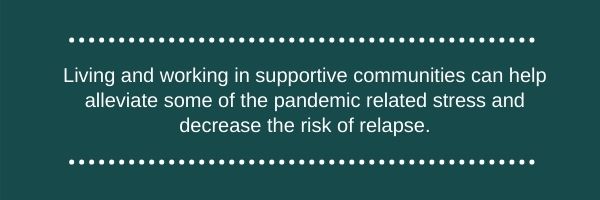
Access to Support and Resources
A lack of social support and isolation are immense risk factors for relapse. Peer-support groups that held in-person meetings as a means of social connection and support were forced to a virtual platform, or none at all, leaving a vast array of individuals in need of connection feeling very much adrift.
These are not the best of times. They are hard, trudging, and often desperate times. It can be easy to sit in the shadow of our fears and our grief and let the isolation pull us down to depths that seem impossible to break from. We need one another not just for accountability but for emotional wellbeing, and right now the world feels pretty isolating.
Though times are different, we must remember to reach out. A great many resources can now be accessed remotely through telehealth platforms, and many regulations have been adjusted to support individuals in need of recovery services that take into account the particular hurdles of pandemic life. The phrase ‘you are not alone’ has become a sort of mantra of the year, mostly because it rings with veracity. We are all atop a choppy sea, and the storm that rages in the face of our despair, we face together. Learn more about Recovery Community Care and how supportive housing and social services can help during these struggling times.
